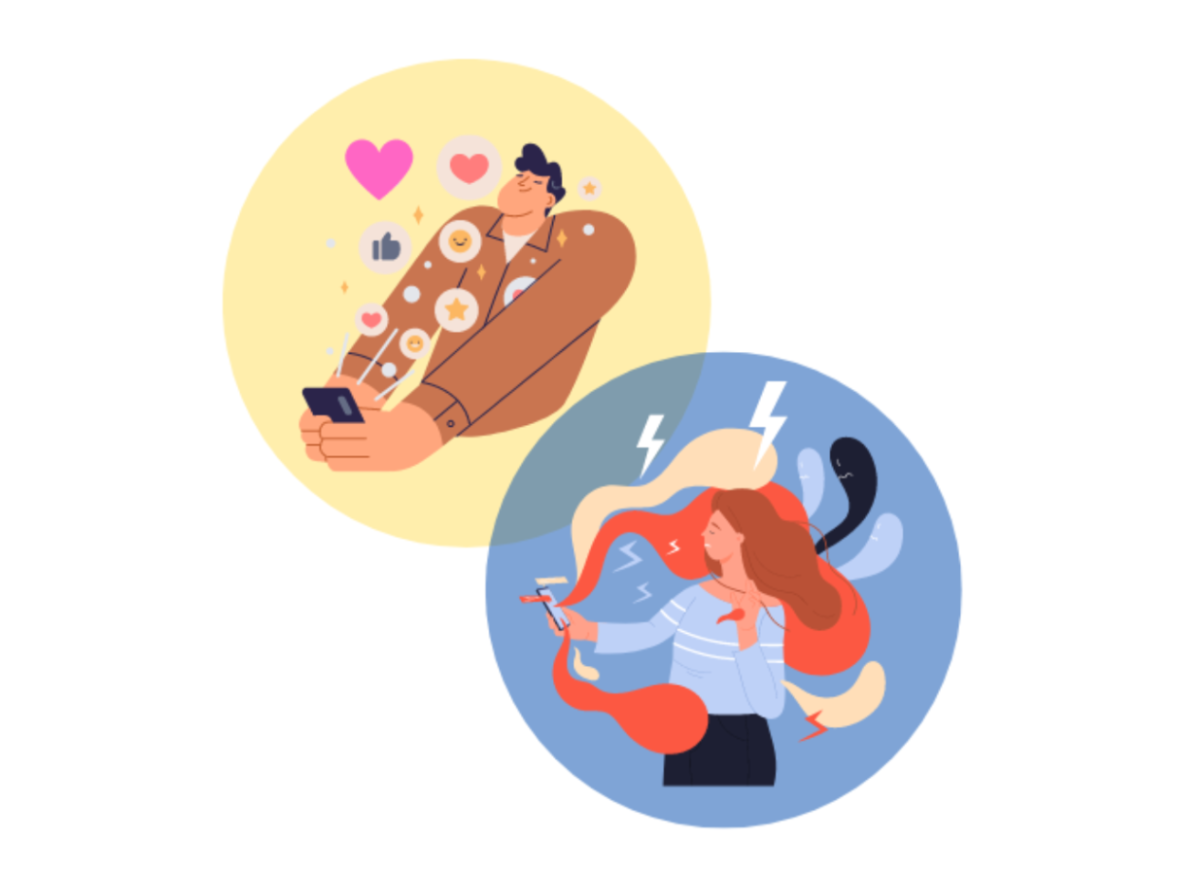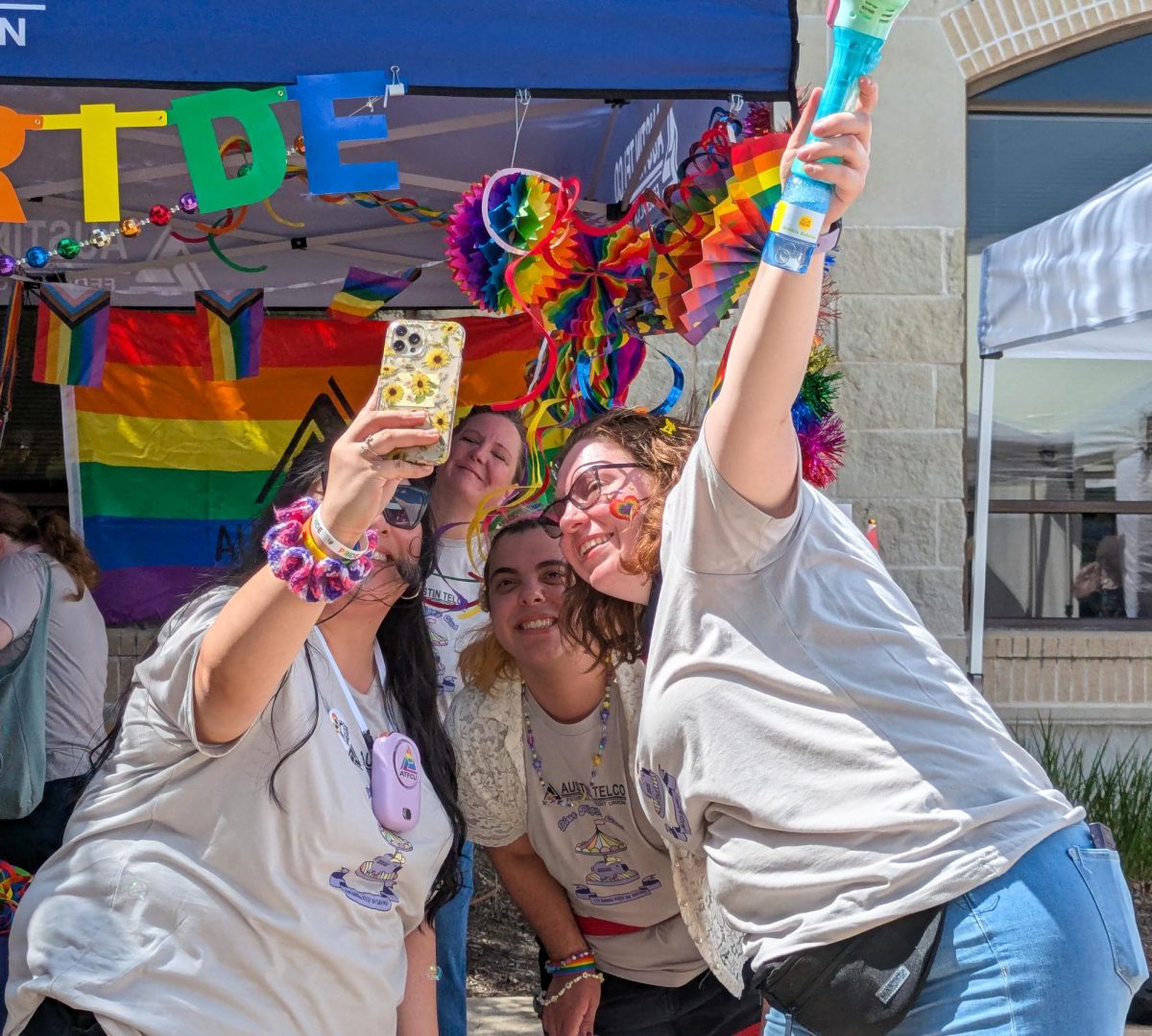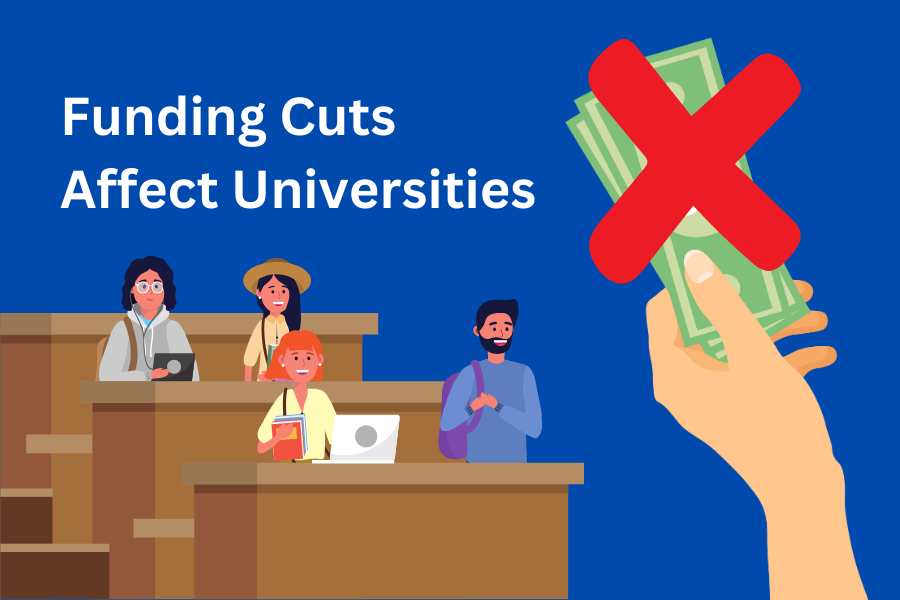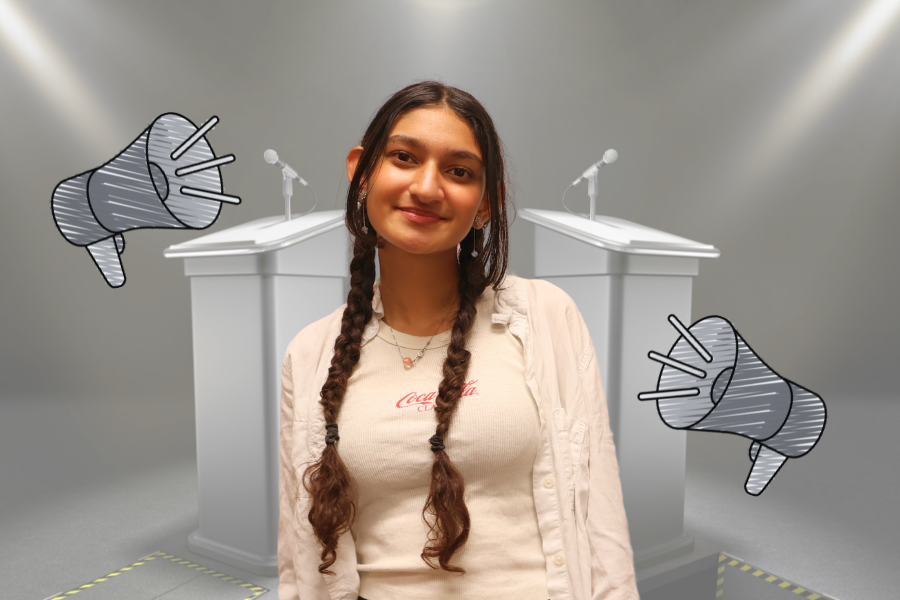Meta, formally called Facebook, was recently accused of promoting child sexual abuse material to predators on its social platforms and fostering unmoderated user groups devoted to selling and facilitating sexual child content. This controversy isn’t alone among the many dangerous situations caused by social media. The accessibility of social media to minors has served as a support and social engaging tool, as well as a reminder of the concerns commonly voiced as a result of social media.
“This situation with Meta surprises me because I’ve never heard anything like it now that I’m off of social media,” Avery Chen ’26 said. “I feel like Meta failing to protect minors from predators is very surprising because they should be the responsible ones in this situation. I think once news spreads far enough, then Meta will really do something about it.”
It seems inevitable that social media has become an important part of the lives of most people, especially after the COVID-19 outbreak amplified its effects on adolescents around the globe. During quarantine, everyday isolation left adolescents bored and weary, but they were soothed by the support from their social media platforms. Social media has now become a part of adolescents’ daily routines, with many teenagers constantly wondering what their favorite celebrity posted, how many likes and followers they’ve gotten, and whether or not their crush liked their story.
“My first social media platform I used was Instagram and I started when I was 13 years old during 2020,” Chiara Pellegrino ‘26 said. “It was my way of communicating with everybody and sharing my experiences in an isolated world. Social media is a great way to connect and to find people who have similar interests.”
However, as social media strengthens its impact on people’s lives, discussions over threats to adolescents’ safety, such as the situation with Meta, have surfaced. One cause for concern about social media is the toxic beauty standards perpetuated by various platforms. As adolescents become more invested in their screens, they become more invested in the way they look. In the beauty sector of social media, the culture of comparison has shown to deeply affect the mental health and body image of minors. Social media filters have led to a new condition called “snapchat dysphoria”, in which many people, especially teens, become desperate to look like a ‘better’ filtered version of themselves. This obsession with one’s looks has been shown to put the mental health of adolescents at risk.
“I used to use Instagram but deleted it later on because I realized how much time I was spending on it and how negative I felt after a few minutes of scrolling,” Chen said. “I’ve seen some videos on toxic beauty standards and it’s really influenced me. Because it affects me this drastically as a 15-year-old, I think the effects would be worse for younger children.”
Additionally, many teenagers struggle to manage their time wisely due to social media distractions, which have been shown to take away time for hobbies. Over half of teens in the US spend a minimum of 4.8 hours on social media daily on social media platforms such as YouTube and TikTok. This has raised concerns for many parents.
“I use a variety of platforms but mainly TikTok,” Pellegrino said. “I am on TikTok very often and when I’m scrolling, I’ll completely forget that an hour has passed by. The last time I checked how much time I spent on TikTok, [it] was 12-13 hours in a week. It’s become a really bad habit to the point where social media is the first thing I think of when I wake up, and the last thing I think of when I go to bed.”
The average age that students in the US start a social media account is 12.6. This low age range has concerned parents in the way their adolescents can be easily influenced by social media.
“I started Instagram just last year when I was 14,” Arnav Chinnappareddy ‘26 said. ”I was finally allowed one by my parents but I still didn’t start until my friends peer pressured me into getting one. I think parents shouldn’t allow their little kids to have social media or even have a device to begin with. There’s a lot of content out there that’s not good for young people to be consuming, and if you’re easily impressionable, you can develop a lot of bad opinions.”
From promoting these toxic beauty standards to enabling procrastination, social media has led to a variety of concerns. However, multiple platforms, such as Instagram, have provided new ways to improve online safety such as switching one’s account to private, establishing parent supervision settings, and setting content preferences to enable a safer social media experience.
“I have my accounts on private so it’s more limited as to who can see and follow me,” Pellegrino said. “I’m also very careful with the content I post. If someone wants to find information about you, they could easily do a quick search on social media. Because of this, I think people should be extremely cautious about what they post, because they can ruin their chances of getting their dream jobs or getting into their dream schools. If someone is posting things that shouldn’t be on their social media, it can really put them at risk because it will follow the creator for the rest of their life.”
Social media has evolved dramatically since the early 2010’s, with new apps to download, trends to follow, and more underage users. In addition to Meta being accused of promoting mature content to minors, many of these underage users often find themselves influenced by content that promotes more adult behavior by showing more skin or using adult language. While social media provides ways for people to connect from around the globe and serves as entertainment, its dangers have deterred several internet users, especially as the advancement of technology reduces online safety.
“I think parents allowing their children to use social media today is [very] different from how it was when I was younger and I feel like that’s a big change that’s happened to a lot of kids in the younger generation,” Chen said. “There are posts online about how adolescents are exposing more skin or acting more adult-like than how we used to at their age and I think that might be because they’re used to seeing that kind of content. Since young kids are very easily influenced, it seems like they try to copy what they see online.”














